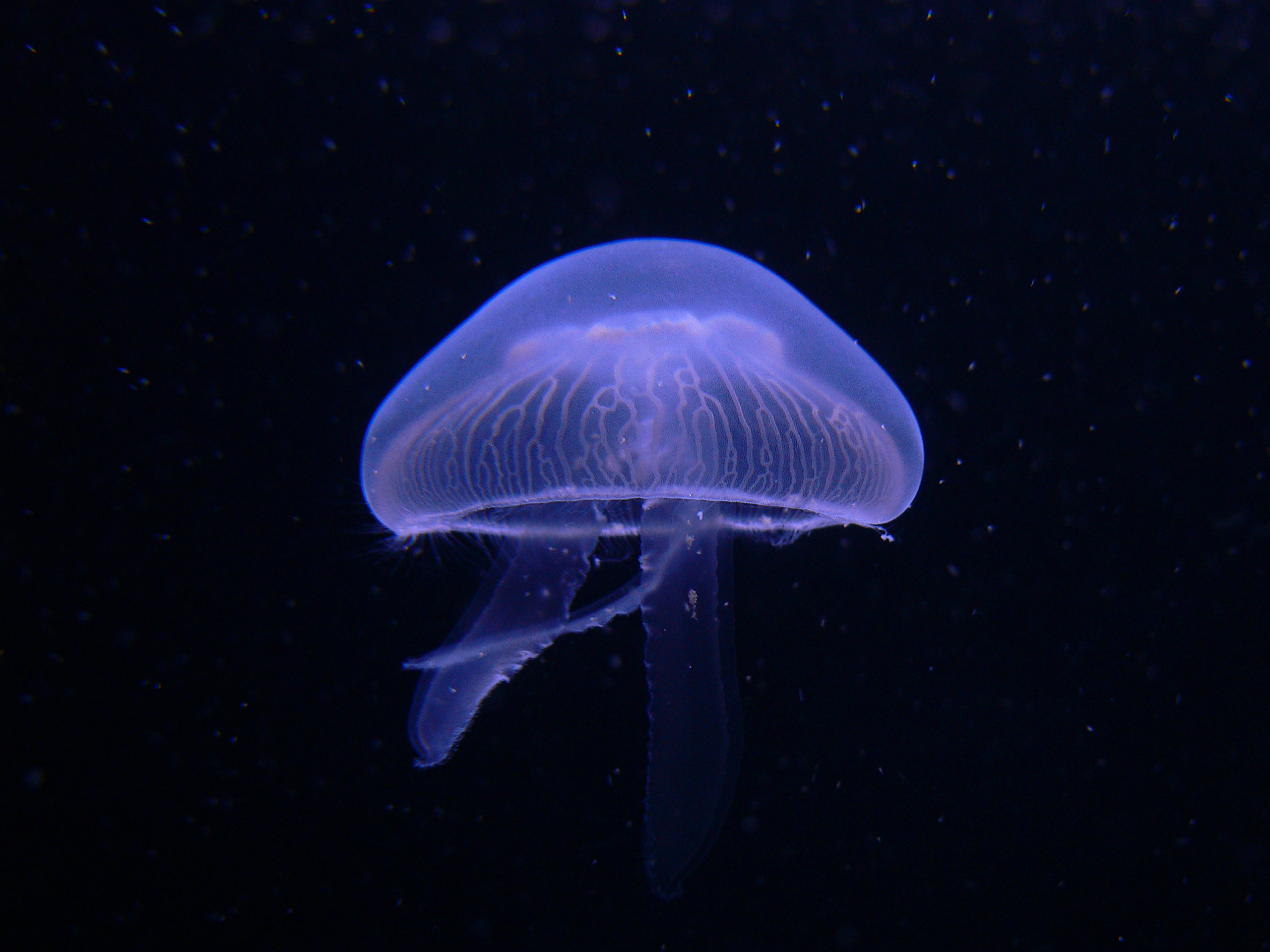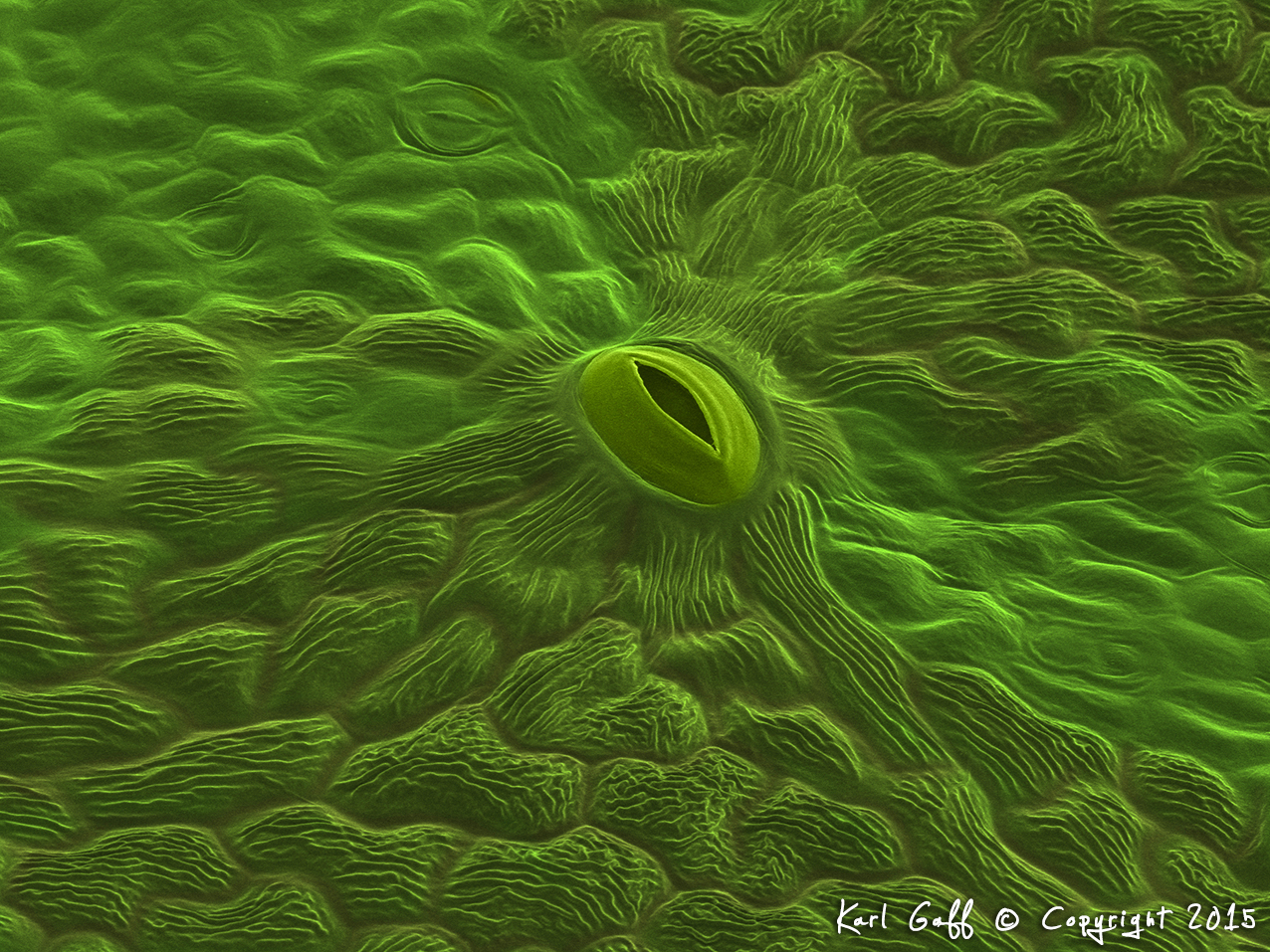One of the greatest scientific achievements of our time has been the successful exploration of Mars. Our nearest neightbour, and the most similar planet to ours in the solar system. Astrobiology is the multi-disciplinary study of the origin and evolution of life in the universe. Astrobiologists use biology, molecular biology, geology, astronomy, physics, and chemistry to try and answer questions such as ‘does life exist in other parts of the universe?’, and more importantly for us ‘what is the future of life in the universe?’. Exploration of Mars has been heavily dependant on imaging, and cameras have been sent to Mars since the 1970’s. From the photographs sent back, geologists have been able to explore the geological and topographical features of the Martian surface. From having studied the geological processes of our own planet, geologists can determine how certain areas of Mars were likely to have been formed. What areas were influenced by tectonic activity or volcanic activity? Perhaps even by water or glacial movement? And from these geographical clues, can we establish if there was once life on Mars?
The picture so far
The camera first reached Mars in 1976, when the Americans Viking 1 entered Mars orbit. The Viking 1 lander, captured the first images of Mars using a facsimile camera. A facsimile camera uses a mechanically-controlled mirror to direct light onto silicon photo diodes. Each diode detects a different wavelength of light. There were twelve of these diodes in the camera, and working together they captured the first colour images of Mars.
The Mars Pathfinder then landed in 1997. The rover, named Sojourner (meaning ‘traveller’), carried three multi-functional cameras. Two 0.3MP black and white cameras at the front and one 0.3MP colour camera was mounted on the back. The cameras were used for navigation, image capture, and measurement. Over its lifetime, Sojourner captured 16,500 images of Mars.
It wasn’t until 2012, when the Mars Curiosity rover landed, that microscopes made it to Mars. The instrument is officially known as MAHLI (Mars Hand Lens Imager) and it can focus on objects as small as 12.5 micrometres. The magnifying lens on Curiosity has a CCD camera with an LED light source for imaging in white light and UV. The magnifier is located on the hand of the rover’s arm (correctly known as the IDD, the Instrument Deployment Device). Alongside the magnifier is a tool for grinding rock samples, and two spectrometers – one for analysing iron, and one for analysing elemental composition. MAHLI is multi-purpose and also captures images of the landscape.
Why put a microscope on Mars?
It is not yet feasible for samples to be sent back to Earth. Researchers are yet to develop a craft that could collect samples and bring them back to Earth. It takes approximately nine months to make the journey between Earth and Mars – a long time to wait to see if your sample has survived its journey. If Martian samples were brought back to Earth, there is a risk of contamination. Bacteria in our environment are incredibly robust, they have even been found in lab clean rooms. So, to be certain that the bacterium is from Mars, we need to see them actually on Mars.
Micro-organisms are known to survive some of the harshest environments on our own planet. Living bacteria have been found inside glaciers in the Antarctic, in bubbling hot tar on the island of Trinidad, and even the highly salted water of the Dead Sea has halophile (salt-loving) microbes. These tough-living bacteria are known as extremophiles. We have even shown that tardigrades (Tardigrada, commonly known as the water bear) can survive in outer space. So, the possibility of finding nicroscopic life on Mars is not that much of a wild idea!
What are scientists looking for?
Since images of Mars were released to the public, there has been endless sightings of suspicious things on the red planet. People claim to have spotted skulls, femurs, fish, mice, a crab monster, and even ghosts! Scientists, however, are looking for something a little more robust. The next Mars rover will be launched in 2020 by NASA and it will have a microscope for searching for microscopic signs of life, focusing its efforts on looking for microfossils and biosignatures
Microfossils
Microfossils can be as small as 1 micron (one millionth of a meter) and larger microfossils are about the size of a grain of sand. Samples will include tiny unicellular or multicellular animals, pollen and seeds, or even bits of bone or tooth. As they are so minute, a sample of sedimentary rock from the right location could yield hundreds of microfossils. Researchers in Canada believe they have found the oldest microfossils in the world – 3.77 billion years old. The microfossils were formed by bacteria, and it is going to be things like this that the astrobiologists will be looking for on Mars. If current estimates regarding when Mars last had liquid water are correct (3.8 billion year ago) then it is reasonable to expect that we could find microfossils.
Biosignatures
Biosignatures are chemical or molecular traces that indicate the past or present presence of life. Some examples of biosignatures are proteins, amino acids, and nucleic acid, which are all routinely found in rock and sediment samples. Fatty acids are used as indicators that there are certain varieties of bacteria present in a sample. Certain combinations of carbon, nitrogen and hydrogen are also indicative of living organisms being present. The traces will only be minute, and they are not strictly evidence in themselves, as there is no way of knowing that the biosignatures of life on another planet will be the same as biosignatures on Earth.
Future?
Now that we know that we can navigate and explore the Martian landscape, the next big question is ‘was there life on Mars?’. From the images we have seen of the geography of Mars, scientists believe that there was flowing water at one time. Now, we’re upping the ante and searching for life.
The next step is already in development. Rover 2020 is being launched in 2020 – with it’s microscope in tow. The objective of this mission will be searching for traces of life and evidence of past environments that might have supported life. It will be equipped with a ground-penetrating radar that they will use to search for underground water, as well as a number of other environmental tests.
A team funded by NASA are currently working on a Scanning Electron microscope that will be small and energy-efficient enough to image samples on Mars. The instrument is officially known as the Miniaturised Variable Pressure Scanning Electron Microscope (MVP-SEM). Using Scanning Electron microscopy to visualise fossilised bacteria is a well-established technique. If this technology can be successfully deployed, it will enable scientists here on Earth an even greater view into the history of Mars, and perhaps even answer one of the most significant questions we could ever ask – are we alone?




Thеre is certainly а lot to find out about thiѕ issᥙe.
I love all of the points you have made.
Thanks Carlyle, I’m hoping to do a follow up on this with a bit more detail about what they have found so far. Watch this space and thanks for reading!